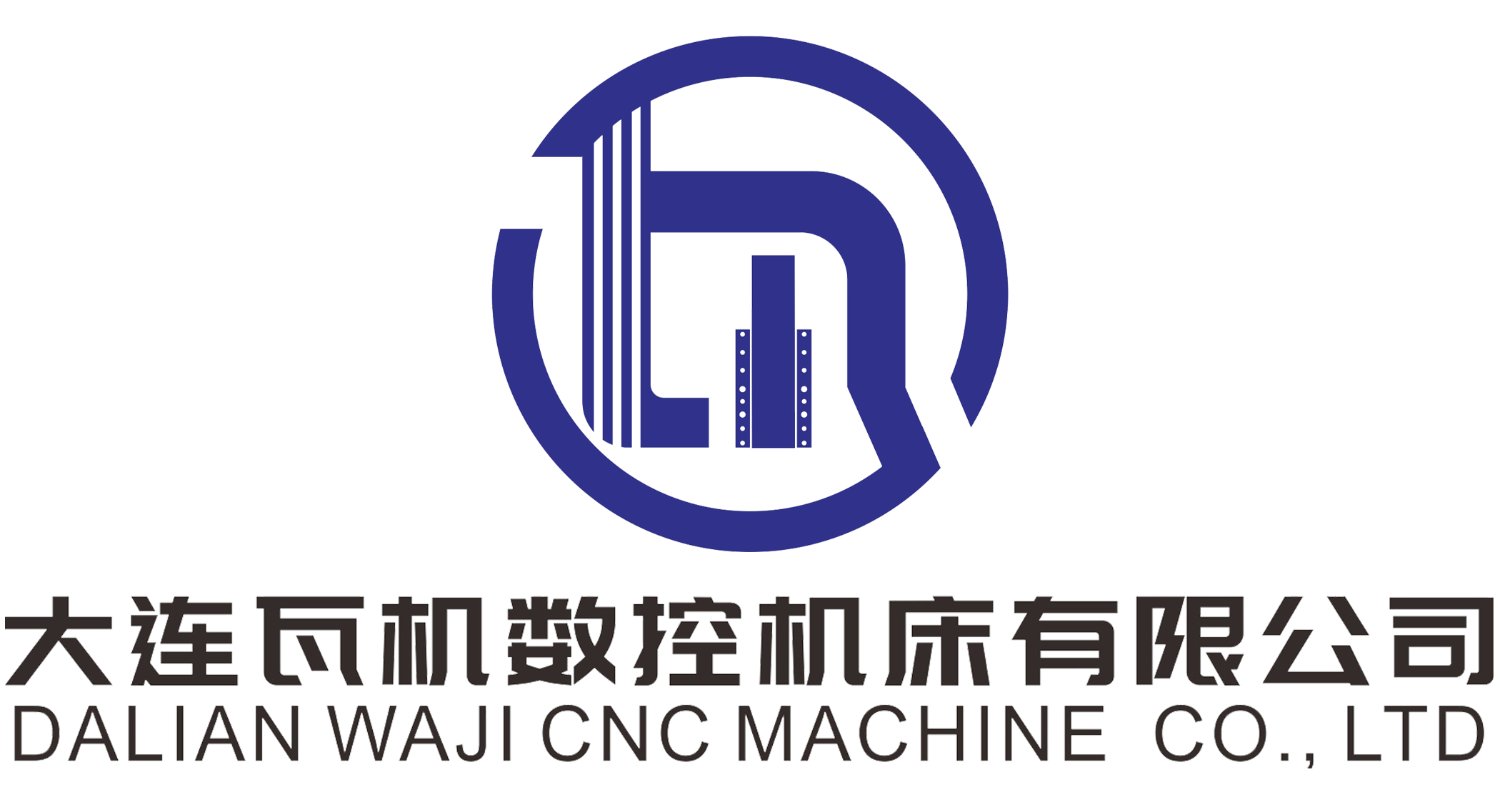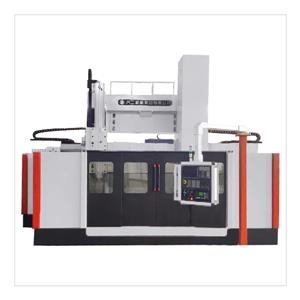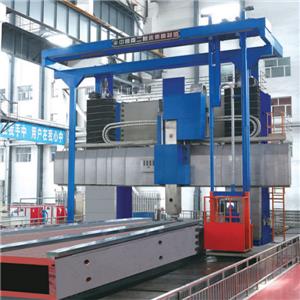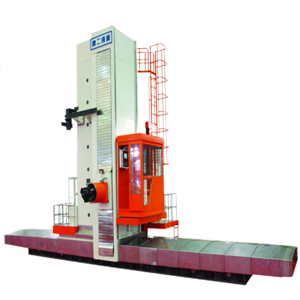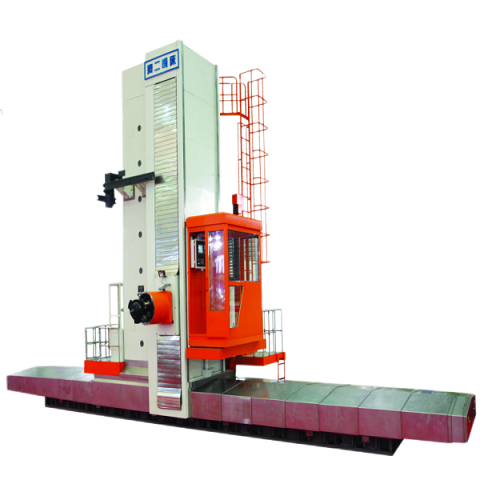What are the characteristics of the feed transmission system of CNC machine tools
From the transmission system to the mechanical transmission of ordinary machine tools, there are generally the following types:
1. Belt drive: synchronous toothed belt is removed by friction drive. It has simple structure, convenient manufacturing, low cost, and can play the role of overload protection when slipping in overload. The disadvantage of belt drive is that it has sliding and cannot be used when the speed ratio is required to be correct. Application example: the main motor drives the lathe spindle.
2. Gear transmission: simple structure, compact structure, can transmit large torque, can adapt to changes in speed and load, and is more widely used. Its disadvantage is that the linear speed cannot be too high. Gear transmission is one of the most widely used transmission modes in machine tools at present. Application example: application of high torque spindle transmission mechanism.
3. Worm gear: The worm is an active part that transfers its rotation to the worm gear. This type of transmission can only make the worm gear rotate, otherwise it is impossible. Application example: rotary mechanism of workbench of horizontal milling machine.
4. Rack pinion: The gear rotates and the rack moves in a straight line. Application example: feeding shaft drive of large gantry crane
5. Screw transmission: mechanical transmission that uses the meshing of screw and nut to transmit power and motion. It is mainly used to convert rotary motion into linear motion and torque into thrust. Application example: screwdriver, used for automobile screws in ordinary cars. There are also polished rods and the like. In addition, the hydraulic transmission device of the grinder should not press the clock temporarily.
The transmission pairs of common CNC machine tools include the five transmission pairs that have been precipitated for a long time. With the progress of science and technology, CNC machine tools began to pursue high speed, high precision and high rigidity, and then the transmission pairs were born.
1. Spindle: due to the appearance of the spindle, the main drive system of high-speed CNC machine tool has canceled the pulley drive and gear drive. The spindle of the machine tool is directly driven by an embedded motor, which reduces the length of the main transmission chain of the machine tool to zero, and realizes the "zero transmission" of the machine tool.
2. Linear motor: It is a transmission device that converts electric energy directly into mechanical energy of linear motion without intermediate conversion mechanism. This can be seen as the rotating motor is cut off radially and unfolded into a plane. Now, the turntable, including some horizontal machining centers, also adopts the direct motor drive mode.
3. Elastic coupling: This is more traditional. Elastic coupling adopts parallel or spiral grooving system to adapt to various deviations and correct torque transmission. Flexible couplings usually have good performance and are more advantageous in price. Among the practical applications of many stepping and servo systems, flexible couplings are products. Through the integrated design, the flexible coupling smoothly transmits the torque.
4. Roller cam mechanism: The cam separator is a mechanism to realize intermittent movement, with high indexing accuracy, stable operation, large transmission torque, self-locking during positioning, compact structure, small volume, low noise, good high-speed performance, long service life, and other remarkable applications. It can be seen from the above products that the current transmission system has good high-speed, high-precision, low friction, and small clearance.
Most common machine tools are mechanically driven by gear box and belt. The precision of gear mesh and belt drive is not different from that of CNC machine tools. The precision requires manufacturing precision.
